Description
PACIFIC SCIENTIFIC 33VM52-000-4 Low-Inertia Servo Motor
Engineered for precision-demanding environments, the 33VM52-000-4 servo motor bridges the gap between rapid response and dependable performance. This compact PMDC motor excels in applications where split-second adjustments and positional accuracy matter most – think robotic arms, CNC tooling, or high-speed packaging lines. Its low-inertia design minimizes energy waste during frequent acceleration/deceleration cycles, which translates to smoother operations and reduced wear over time.
| Specification | Details |
|---|---|
| Manufacturer | PACIFIC SCIENTIFIC |
| Motor Type | PMDC Servo Motor |
| Voltage Range | 18-36 V |
| Continuous Current | 3.1-5.7 A |
| Cooling | Passive (No Forced Air) |
| Certification | Industrial Standard |
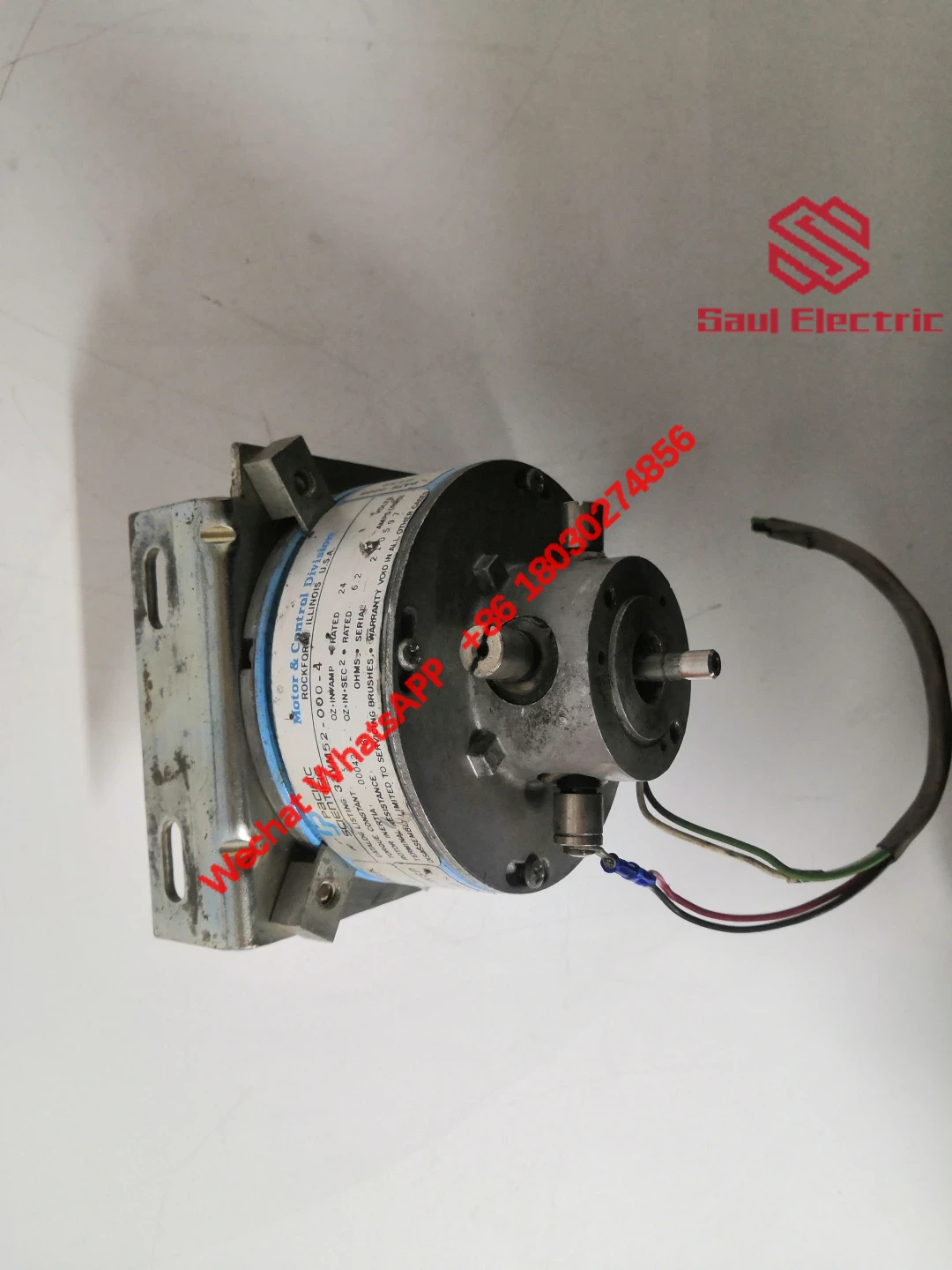
In real-world applications, this motor shines where timing is critical. A packaging line technician once mentioned how replacing older motors with 33VM52-000-4 units cut positioning errors by 40% during high-speed bottle sorting. Similarly, CNC retrofit projects benefit from its compatibility with modern control systems like Allen Bradley or GE Fanuc drives. While lacking built-in encoders, this design choice actually gives engineers flexibility – one automotive plant integrated their proprietary optical feedback system seamlessly. Commonly paired with Foxboro FBM modules or Woodward controllers, it adapts well to mixed-brand environments.
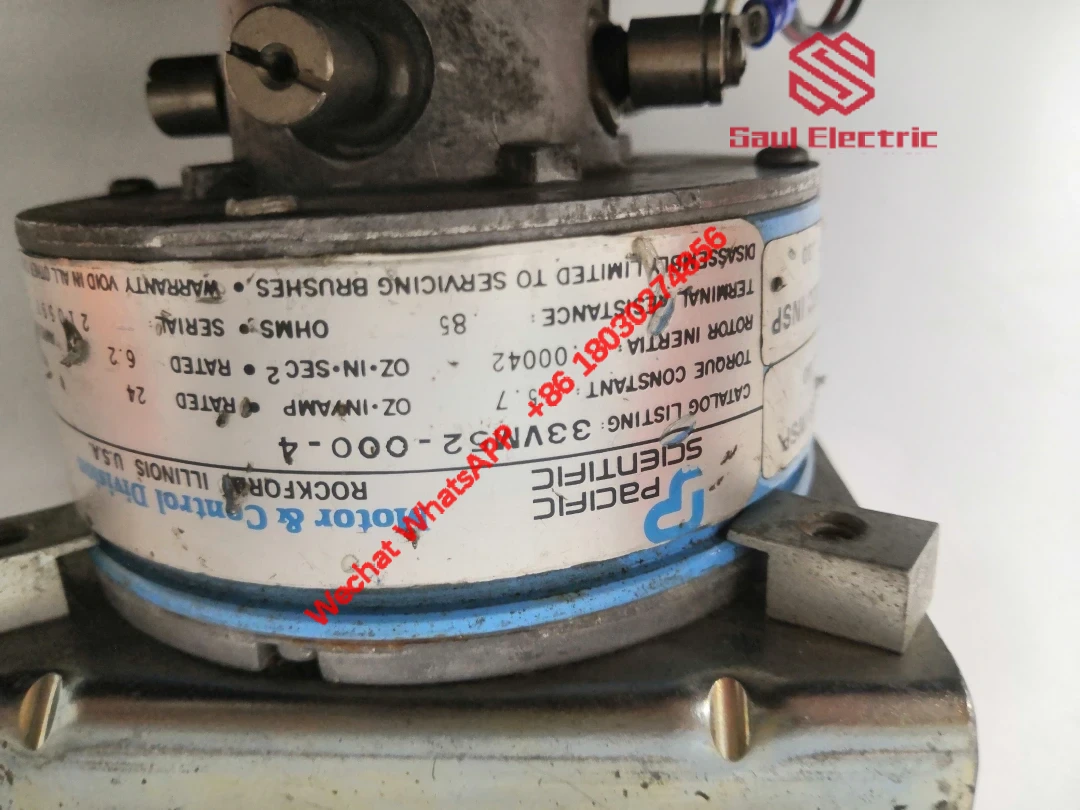
What makes this motor stand out? Its torque-to-inertia ratio – essentially how quickly it reacts to control signals. Testing showed 0-3000 RPM transitions in under 50 milliseconds, outperforming similar models in thermal management during sustained cycles. The lack of forced cooling simplifies maintenance in dusty environments, though ambient temps above 50°C require caution. Redundancy-wise, while the motor itself isn’t redundant, its passive design pairs well with dual-channel drives for safety-critical systems. Users appreciate the straightforward mounting – standard NEMA 56C faceplate compatibility – and brush life typically exceeds 2,000 hours with proper load management.
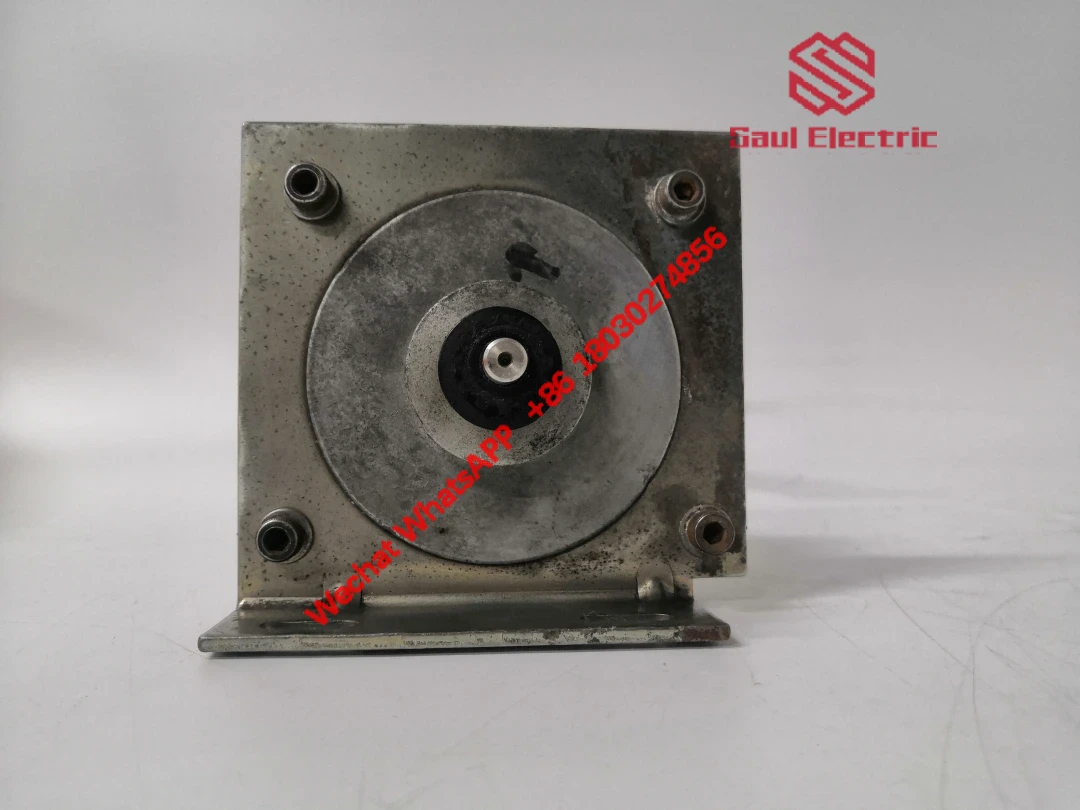
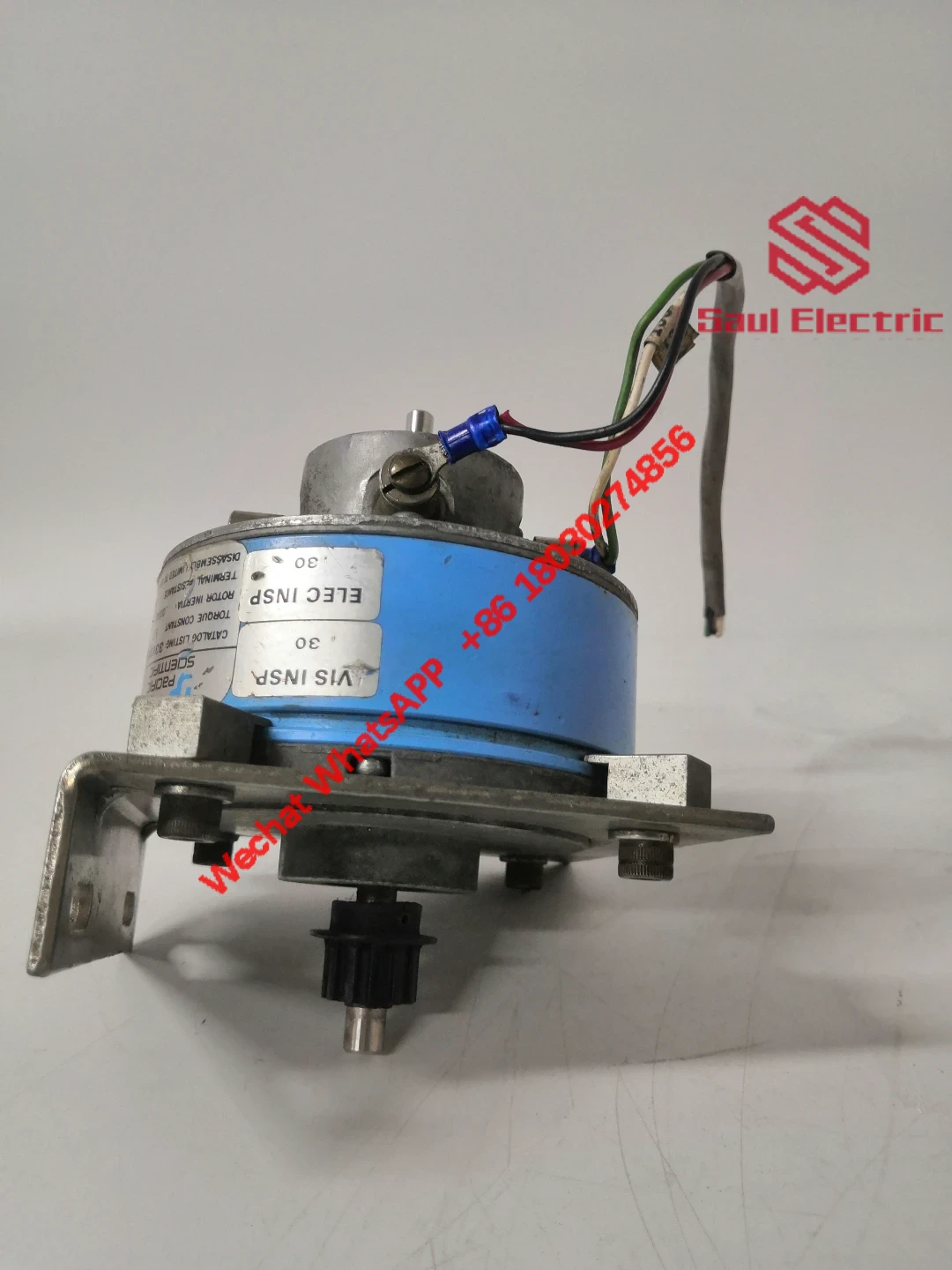


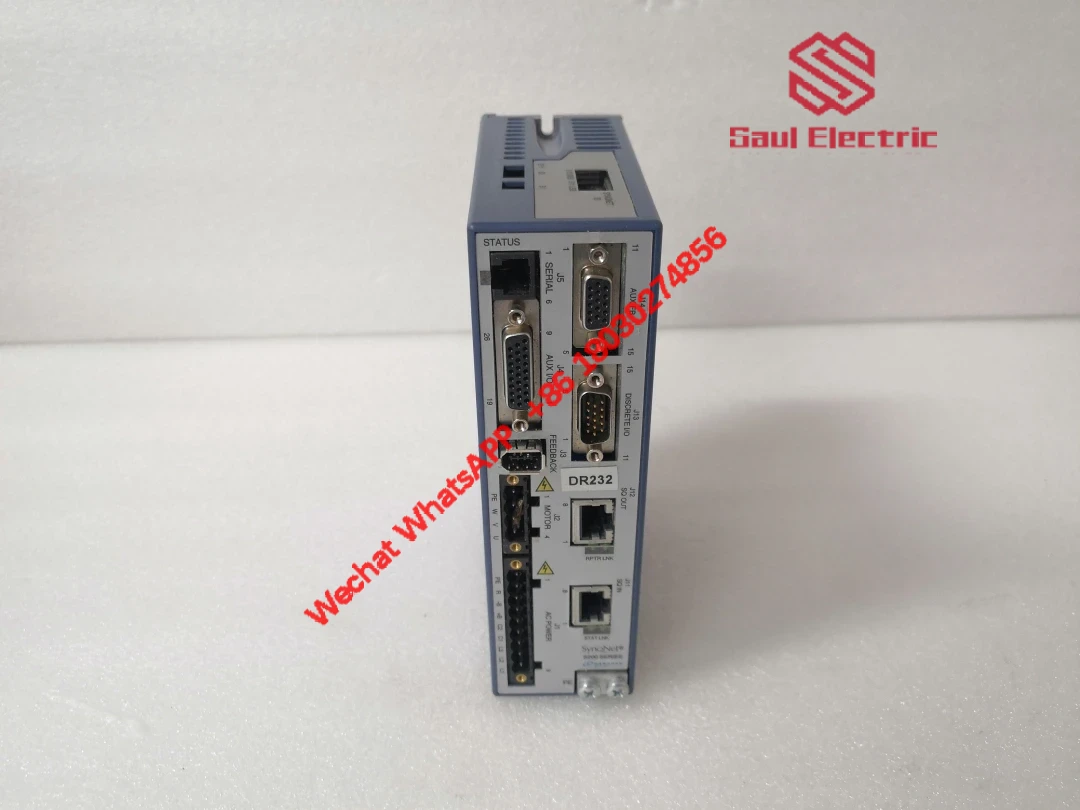
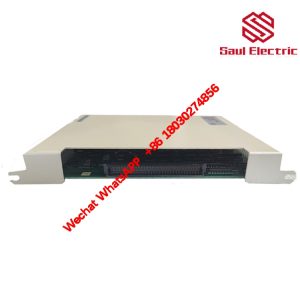
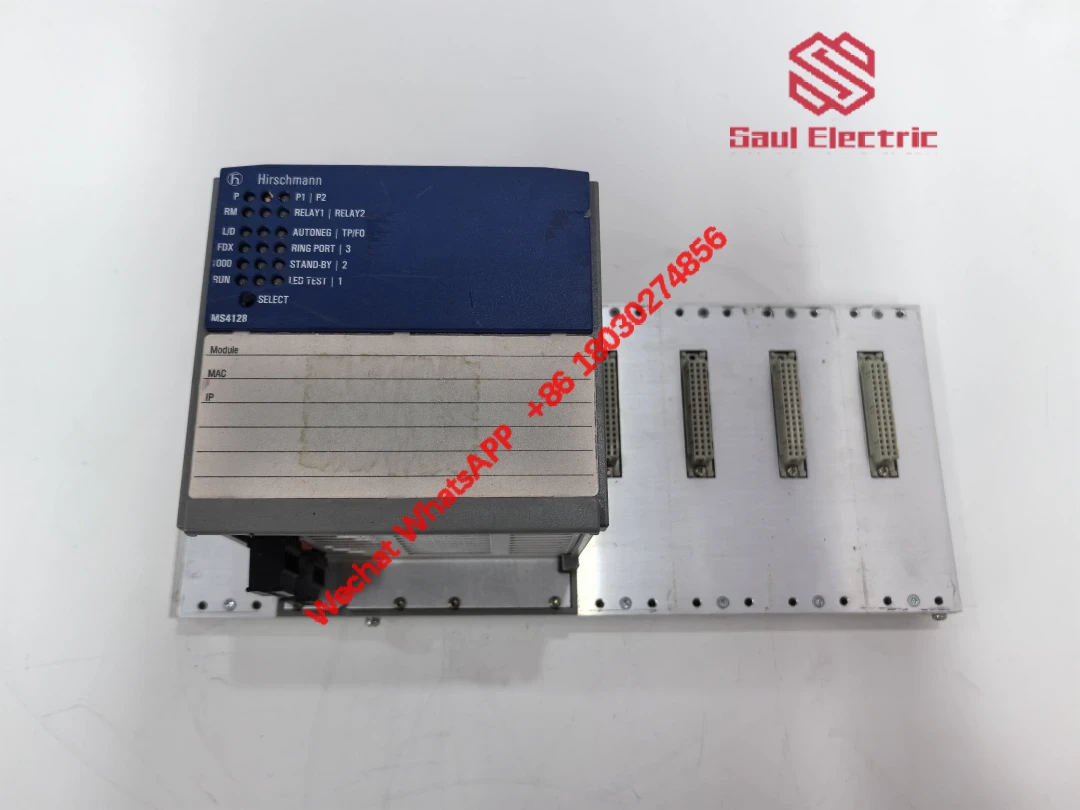
Reviews
There are no reviews yet.